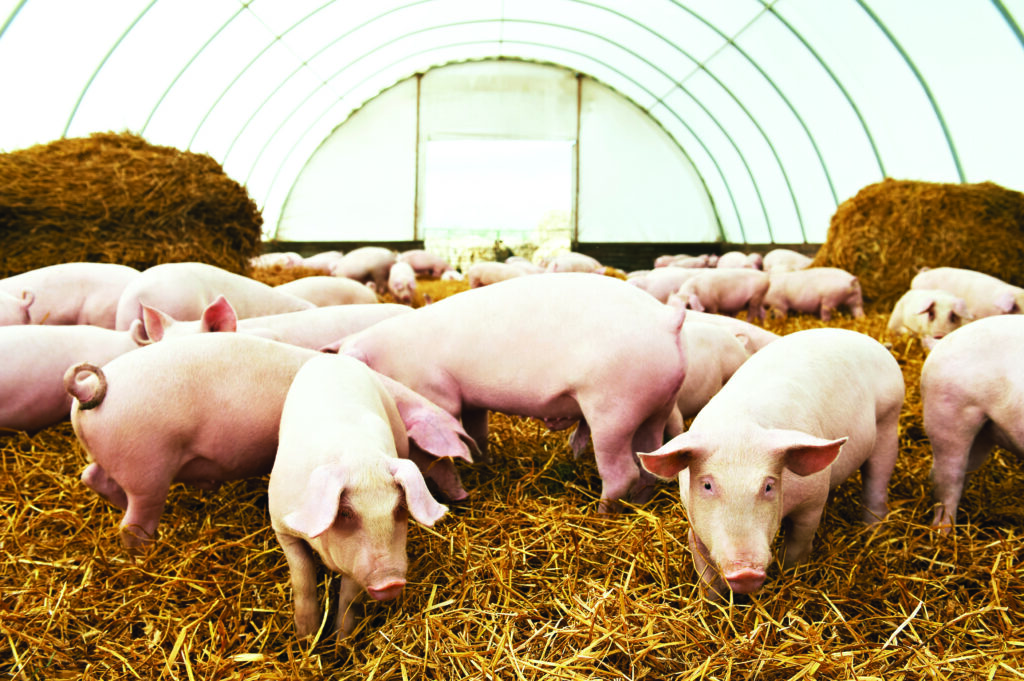I was lucky enough to spend some time in Spain recently with an environmental auditor from the US, deep diving into some common issues that occur in pig barns worldwide.
All indoor facilities globally have the same basic aim – to keep the temperature of the pig within its thermoneutral zone. While heat stress has the potential to be far more of a production hurdle in Spain and Ohio than it does in the UK, we should not underestimate the effect of warm weather on health and production efficiency.
The moves towards lean tissue deposition and increased reproductive capacity of sows have seen an accompanying increase in the basal heat production of the pig and a decreased tolerance to heat stress.
If environmental temperature rises above the point where a pig is producing more heat from digestion and/or receiving more heat from its surroundings than it is releasing, the animal is subjected to heat stress.
In 2013, research from Iowa State University showed that an average humidity of 30% combined with temperatures above 28°C reduced feed intake by 12% and had a negative effect on intestinal health integrity and the performance of grower-finisher pigs.
During heat stress, blood flow is diverted to the periphery of the animal. The blood vessels in the skin dilate and excess body heat is dissipated to the surroundings. However, the enterocytes that line the intestinal walls are particularly sensitive to oxygen and nutrient reduction and, ultimately, this process leads to impaired intestinal integrity.
An increased permeability for endotoxins can then develop, which results in intestinal damage or inflammatory reactions and the risk of secondary infections. This may not show obvious symptoms but may challenge animals and growth rates. As a pig gets older and heavier, its optimum temperature decreases – older finishing pigs above 50kg and sows and boars are more at risk of heat stress than younger pigs.
Sows, boars and finishing pigs begin to feel the negative effects of heat stress at about 25°C, within a relative humidity of 50% to 70%. If the relative humidity is higher than this, heat stress begins to have implications at lower temperatures of 22-23°C.
An air speed of 0.45m/s, from natural or mechanically-induced wind speed, reduces the effective temperature of pigs by 7°C but care should be taken with nursery pigs. An air speed of 0.3m/s is the absolute maximum to prevent piglets from being chilled.
Producers are well-advised to keep an eye on the air flow this summer, checking especially that exhaust fans are kept clean, there is an adequate air inlet area and that any thermostats are in the correct place, within the normal air flow of the shed and as close to the pigs as is practical.

is a pig nutritionist for Cargill. Based in North Yorkshire, she worked at Cargill’s innovation centre in the Netherlands before joining the UK team




